It takes a minute to find online, but nestled in the cloud is a Google spreadsheet called “Women in CRISPR.”
CRISPR technology: Where female entrepreneurs thrive – Chemical & Engineering News
It’s got 10 columns, and no bells and whistles, but what’s remarkable about it is that it goes on for about 100 lines, listing scientists at all career phases, whether graduate student, laboratory head, or industry leader. Its author confesses to C&EN that he has hundreds of backlogged entries waiting to be put in.
This spreadsheet is the beginning of a global census, a who’s who of the women who have chosen this method of gene editing as the basis of their careers. CRISPR is a young technology, and the sheer number of women in its ranks stands out in an industry that has struggled to address its lack of gender diversity. So what is it about CRISPR that attracts female talent?
Sandra Glucksmann, the first employee of Editas Medicine, one of the original gene-editing companies, says that’s the wrong question. “I can’t think that there’s anything unique about the technology,” says Glucksmann, now the head of Cedilla Therapeutics, which is trying to create medicines by focusing on protein stability. “I wonder if one turns it around and says the prominence of CRISPR has highlighted or created the visibility of women.”
The technology, after all, is on fire: an industry report by Ahead Intelligence puts CRISPR’s market value at $5.3 billion by 2025. Investors and scientists alike think it has the potential to quickly and permanently treat a range of diseases, revolutionizing health care.
But it’s also possible that CRISPR is on the radar of early-career women scientists because of the two female scientists who helped discover that it could be used to precisely cut DNA strands—Jennifer Doudna, a biochemist at the University of California, Berkeley, and Emmanuelle Charpentier, scientific and managing director of the Max Planck Unit for the Science of Pathogens. Doudna tells C&EN that it’s hard to say whether CRISPR is unique in being so welcoming to female scientists but that if her success has opened some doors, she’s grateful. “It certainly makes me happy that it could be the case that because two women were involved in the early days of CRISPR that we could have established a culture that is welcoming to other women in the field. That’s kind of cool,” Doudna says.
Laura Sepp-Lorenzino, the chief scientific officer at Intellia Therapeutics, which is using CRISPR to develop biopharmaceuticals, says an explosion of CRISPR-based companies means that there are a lot of leadership positions to fill. So maybe it’s a question of timing.
“There are more of us now who are ready to take these roles,” Sepp-Lorenzino says of women in top leadership.
C&EN asked Doudna, the guest editor of this issue, to choose some of the women entrepreneurs behind CRISPR start-ups for us to highlight. Doudna says she chose the women profiled here because of the way their firms are using the gene-editing system to achieve things that cannot be achieved easily in an academic lab. Almost exclusively, these are companies that she has cofounded or for which she sits on an advisory board. In turn, each of the women on this list told C&EN how important it was to have someone like Doudna leading the charge to commercialize this technology.
“She’s a fearless leader,” says Janice Chen, one of the women featured. “She’s incredibly intelligent. She is able to develop really strong relationships, and all those are things I really look up to.”
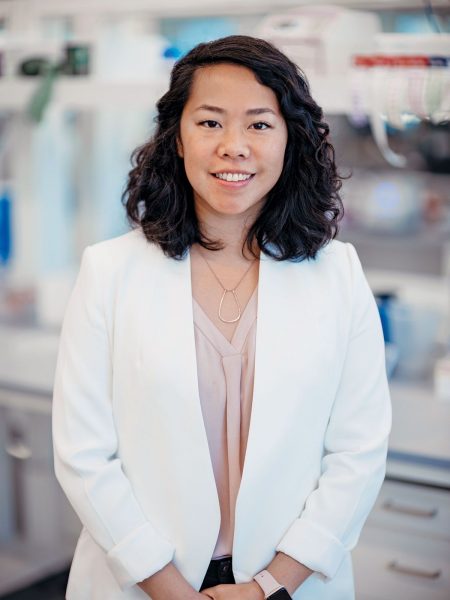
Credit: Mammoth Biosciences
Janice Chen
Vitals
➤ Title: Chief technology officer, Mammoth Biosciences
➤ Funding: $65 million
➤ Specialty: Diagnostics. Mammoth uses CRISPR to recognize specific nucleic acid sequences in sample mixtures, with target applications in forensics, environmental monitoring, and other fields.

Credit: Mammoth Biosciences
There was a period in 2018 when Janice Chen took a couple of nerve-racking Uber rides from the University of California, Berkeley, across the Bay Bridge with what looked like a large microwave sitting on her lap. Each time, her destination was a clinical lab at UC San Francisco, and her goal was to validate the CRISPR-based biosensor she had in the car with her. If all went to plan, the system would detect a specific nucleic acid sequence in a sample mixture of DNA and RNA.
“I was like, ‘I really, really hope this works,’ ” she tells C&EN, describing the breakneck clip at which she and her lab partners made tweaks to the diagnostic system between each Uber ride.
Eventually, the system did work, Chen says, and in 2018, Mammoth Biosciences, which aims to harness CRISPR’s precision in order to detect specific nucleic acid sequences in any biological sample, came out of stealth mode. Chen, along with two lab mates and Doudna, are the cofounders.
Mammoth’s platform is still being refined for commercial use, Chen says, but the team envisions it’ll have a readout that’s as easy to use as a pregnancy test. The firm’s CRISPR platform contains genetic instructions for recognizing a particular nucleic acid sequence and then snipping another sequence that releases a fluorescent or color-emitting reporter molecule to indicate the presence of the original sequence. The microwave-like device that Chen hoisted into all those Uber rides is the plate reader that will detect those color changes or capture that fluorescence. In addition to the system’s forensic and environmental uses, Mammoth has recently shown how its platform might detect infectious disease agents like severe acute respiratory syndrome coronavirus 2.
“We’re really inspired by the successes of the pregnancy test and believe that CRISPR, the core technology, has the capability to basically put . . . diagnostics in that format,” Chen says.
Chen isn’t exactly new to building companies—she credits her entrepreneur father with preparing her for the highs, the lows, the long nights, and the grit needed to build a start-up from scratch. When she was a child, she helped her father’s reagent business by slapping labels on different containers, she says.
But she credits the female scientists before her for giving her the drive to make Mammoth a success.
“I think seeing other women succeed in their careers has actually been extremely motivating,” Chen says. “Having that kind of representation has really changed the way that I look at opportunities as well.”
Catherine Feuillet and Ponsi Trivisvavet
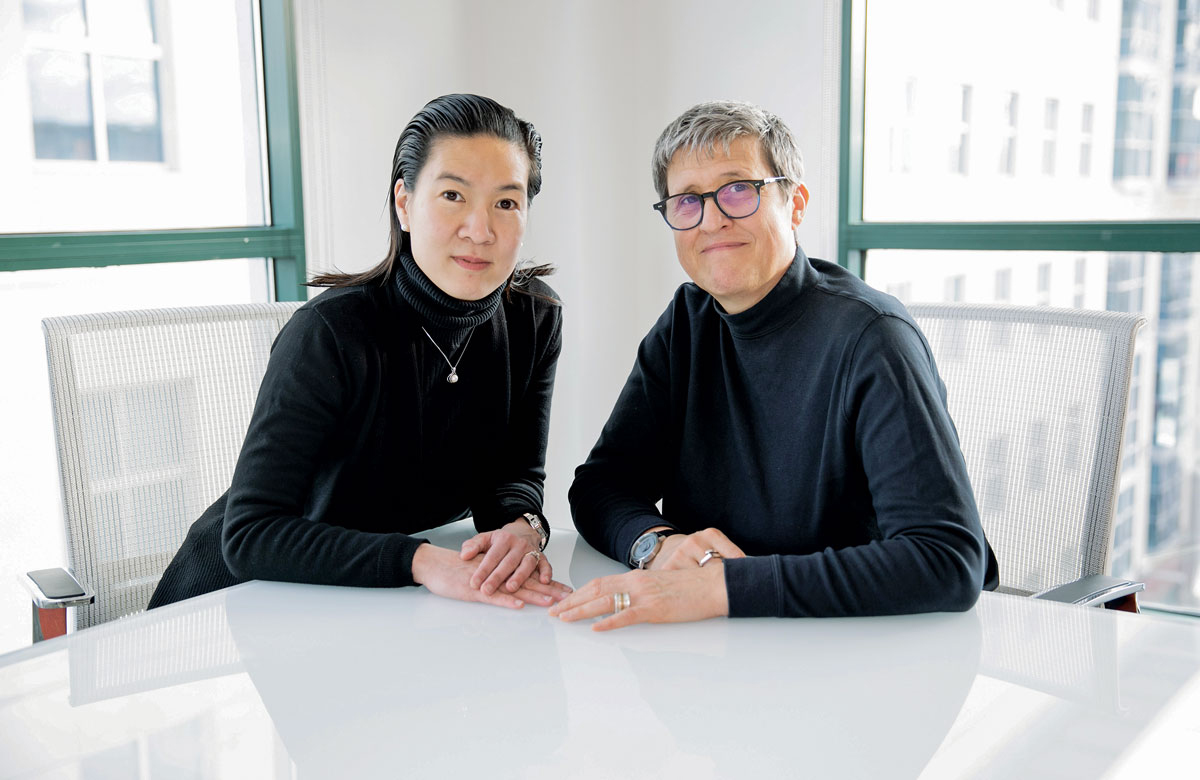
Credit: Kayana Szymczak
Ponsi Trivisvavet (left) and Catherine Feuillet
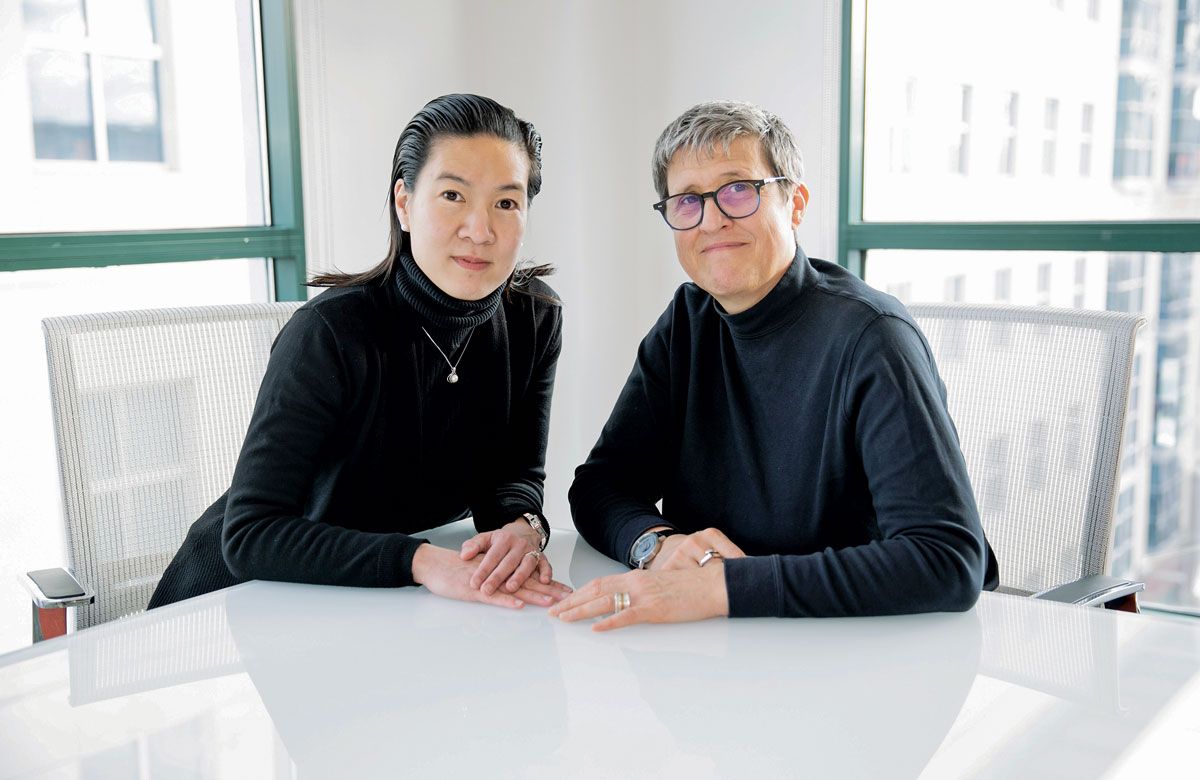
Credit: Kayana Szymczak
Ponsi Trivisvavet (left) and Catherine Feuillet
Vitals
➤ Title: Chief scientific officer (Feuillet) and CEO (Trivisvavet), Inari Agriculture
➤ Funding: $144 million
➤ Specialty: Agriculture. Inari harnesses CRISPR to engineer crops with the aim of reducing land, water, and pesticide use.
In the past, the standard strategy for genetically modifying crops involved removing, or knocking out, undesirable genes, says Catherine Feuillet, the chief scientific officer of Inari Agriculture. It’s a straightforward process, she says, but killing gene expression isn’t always the best way to breed a better plant. This is where CRISPR, with its ability to more subtly change the expression of genes, can make a big difference in crop science.
“We’re creating a lot of new diversity that doesn’t exist,” Feuillet says.
Headquartered in Cambridge, Massachusetts, Inari is targeting soy, corn, wheat, and tomato as the first crops it will use its CRISPR technology to edit, says Ponsi Trivisvavet, Inari’s CEO. The firm wants to engineer these so-called big foods to take up less land and require less water and fertilizer. Doudna sits on the scientific strategy board of Inari, which was launched by the life sciences venture capital firm Flagship Pioneering in 2018.
“Corn consumes the largest amount of chemical fertilizer in the world,” Trivisvavet says. “Soybean causes a lot of deforestation in the world, and wheat is using a lot of pesticides. We want to address the challenges of the environment.”
Trivisvavet says Inari’s first products—modified soy and corn—are ready for greenhouse development, and the company estimates they will be on the market in about 2 years. One of the firm’s biggest hurdles is education: in an environment where genetically modified organisms have been controversial, Feuillet and Trivisvavet want people to understand that with gene editing, they aren’t introducing foreign genes into their products but altering the existing ones.
Inari recently opened an office in West Lafayette, Indiana, to test and optimize growing conditions for the firm’s seeds and an office in Ghent, Belgium, to take advantage of gene-editing talent in Europe.
Agricultural biotech, like its counterpart in health care, is male dominated, Feuillet says. But it looks like this may be changing: “With new technologies, that may mean more ways for women” to rise in leadership, Feuillet says. “We are very proud to be a company that the leadership team is 50% women.”

Credit: Beam Therapeutics
Nicole Gaudelli
Vitals
➤ Title: Senior scientist, Beam Therapeutics
➤ Funding: $222 million (company went public in February)
➤ Specialty: Base editing. Beam uses a modified CRISPR system to swap out individual bases in nucleic acids rather than tracts of code, with the aim of treating hematologic diseases, liver disease, and other conditions.
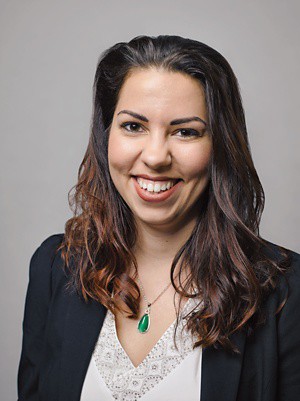
Credit: Beam Therapeutics
When Nicole Gaudelli was young, she had a homework assignment: draw what you want to be when you grow up. Her first pass was a doctor, but her scientist father suggested that she too could don a lab coat. Something clicked: “I remember in that moment that it didn’t occur to me that a woman could become a scientist because I didn’t see any.” So, she tells C&EN, her younger self redrew that girl, this time with a lab coat and a bow in her hair so that there would be no mistaking that this scientist was female.
Fast-forward a couple of decades, and the gene-editing technology that Gaudelli built as a postdoc in David Liu’s lab at Harvard University is the basis of Beam Therapeutics, so named because like a laser beam, changing incorrect single bases in nucleic acids is about as precise a therapeutic as you can get, she says.
Beam, launched in 2018 and based in Cambridge, Massachusetts, hopes to correct diseases that are caused by point mutations, affecting only a single nucleotide in DNA. The team uses an altered CRISPR system called a base editor to convert a single base in DNA to another, effectively correcting errors in nucleic acid code. While in Liu’s lab at Harvard, Gaudelli developed one type of base editor, while colleague Alexis Komor, now at the University of California San Diego, developed another. The most advanced uses of base editing in Beam’s pipeline include DNA changes that would ameliorate β-thalassemia and sickle cell disease, as well as cell-engineering programs to treat circulating cancers.
The fact that CRISPR technologies have been created by so many women speaks to several societal changes happening at once, says Gaudelli, a member of C&EN’s Talented 12 in 2018. She says CRISPR as a gene-editing technology is fairly new, and people drawn to the field are more comfortable with women in leadership.
“It’s really amazing to see what women can do, and I hope it continues,” she says. “I think women will advocate for other women. There’s something going on in a positive way for women in science in general and in the CRISPR field specifically.”
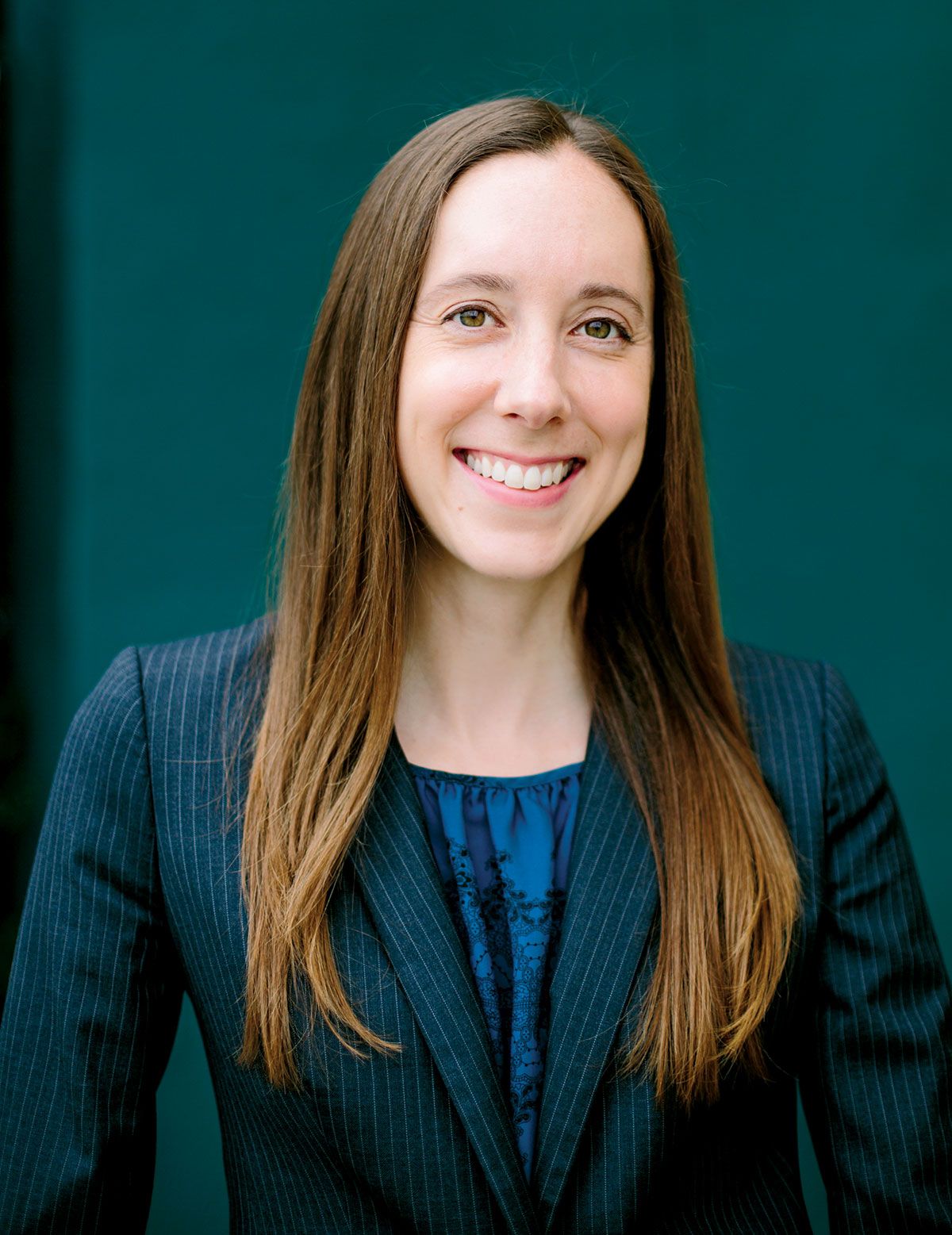
Credit: Caribou Biosciences
Rachel Haurwitz
Vitals
➤ Title: CEO, Caribou Biosciences
➤ Funding: $44 million
➤ Specialty: Cell therapy. Caribou uses CRISPR to engineer immune cells for treating cancer.
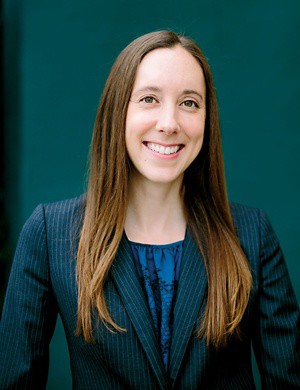
Credit: Caribou Biosciences
It wasn’t until Rachel Haurwitz was riding the subway to an attorney’s office in San Francisco to sign papers that she realized the enormousness of what she was doing—cofounding a biotech company.
“I was incredibly excited because the idea was real, and I was terrified,” she says. “I was incredibly naive as to exactly how challenging all this was. I jumped in, feet first.”
The result was Berkeley, California–based Caribou Biosciences, a company that spun out of Doudna’s lab in 2011. Today, Caribou partners with various companies, licensing its gene-editing platform for therapeutics discovery, industrial agriculture, and general biological research.
Haurwitz says the company is using CRISPR to edit immune cells called T cells to attack cancer. These so-called CAR T cells typically can go only into the person from which they were extracted, making the treatment process challenging—and expensive. So Caribou is working on ways to boost the persistence of T cells so that their antitumor activity lasts a little longer, reducing the burden on people with cancer. The firm will start clinical trials on its CRISPR-edited CAR T cells later this year.
Haurwitz hopes that the number of women working at all levels of CRISPR is a sign of the future. CRISPR is a relatively new technology, and because of that, she argues, a different pool of scientists is available to work in the field than might have been in the past.
“There isn’t 30 years of history, so there isn’t 30 years of experienced white men to be hired into these positions,” she says. “That leaves the door open.”
Chemical & Engineering News
ISSN 0009-2347
Copyright © 2020 American Chemical Society






